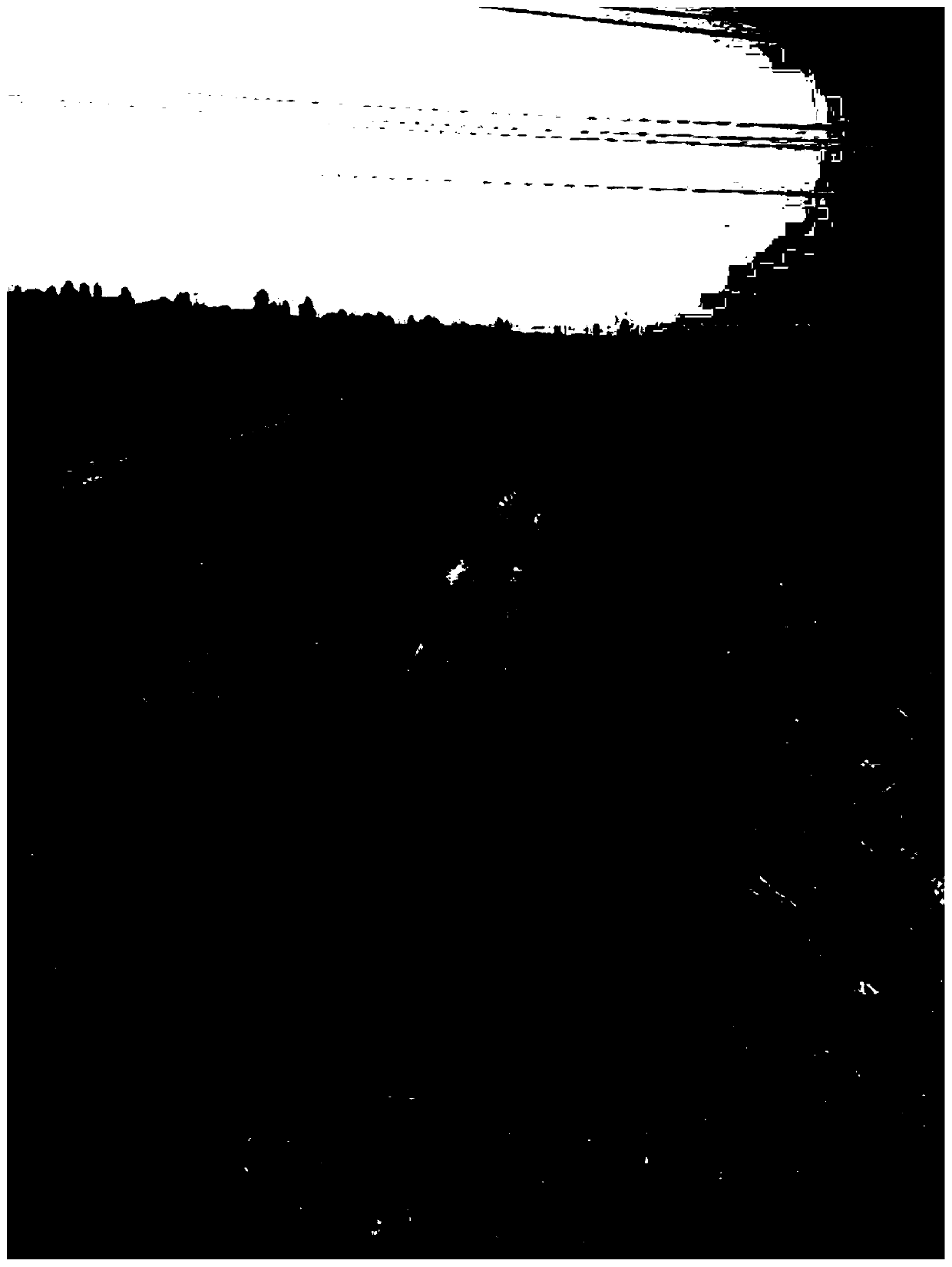Water-saving production method for interplanting of young hazel forest and millet
A production method and millet technology, applied in the field of water-saving millet intercropping in young hazelnut forests, can solve the problems of indistinguishable seedling shapes, weeds, and manual weeding, so as to reduce the number of malignant weeds and have obvious advantages in saving pesticides , The effect of promoting farmers' income
- Summary
- Abstract
- Description
- Claims
- Application Information
AI Technical Summary
Problems solved by technology
Method used
Image
Examples
Embodiment Construction
[0017] The technical solutions of the present invention will be further specifically described below through examples. The following examples are used to illustrate the present invention, but are not intended to limit the scope of the present invention.
[0018] Normally, hazelnuts bear fruit after 3 years of planting, and reach the full fruiting stage after 5 years. The main purpose of the present invention is to intercrop millet before the hazelnuts bear fruit, so as to realize the perfect combination of long-term and short-term benefits.
[0019] The hazelnut forest interplanted with millet needs to choose a young forest with a canopy density of less than 0.3, which is generally allowed to be cultivated within 3 years after planting. It needs to run north-south with a row spacing of not less than 5m, so as to match the seeder and harvester.
[0020] Present embodiment is carried out at the base in Hebei, and the technical scheme that it adopts is:
[0021] Lay anti-grass f...
PUM
 Login to View More
Login to View More Abstract
Description
Claims
Application Information
 Login to View More
Login to View More - R&D
- Intellectual Property
- Life Sciences
- Materials
- Tech Scout
- Unparalleled Data Quality
- Higher Quality Content
- 60% Fewer Hallucinations
Browse by: Latest US Patents, China's latest patents, Technical Efficacy Thesaurus, Application Domain, Technology Topic, Popular Technical Reports.
© 2025 PatSnap. All rights reserved.Legal|Privacy policy|Modern Slavery Act Transparency Statement|Sitemap|About US| Contact US: help@patsnap.com

